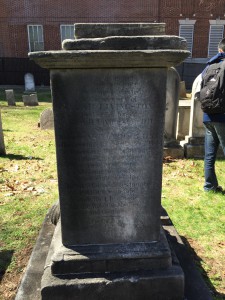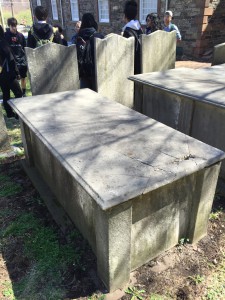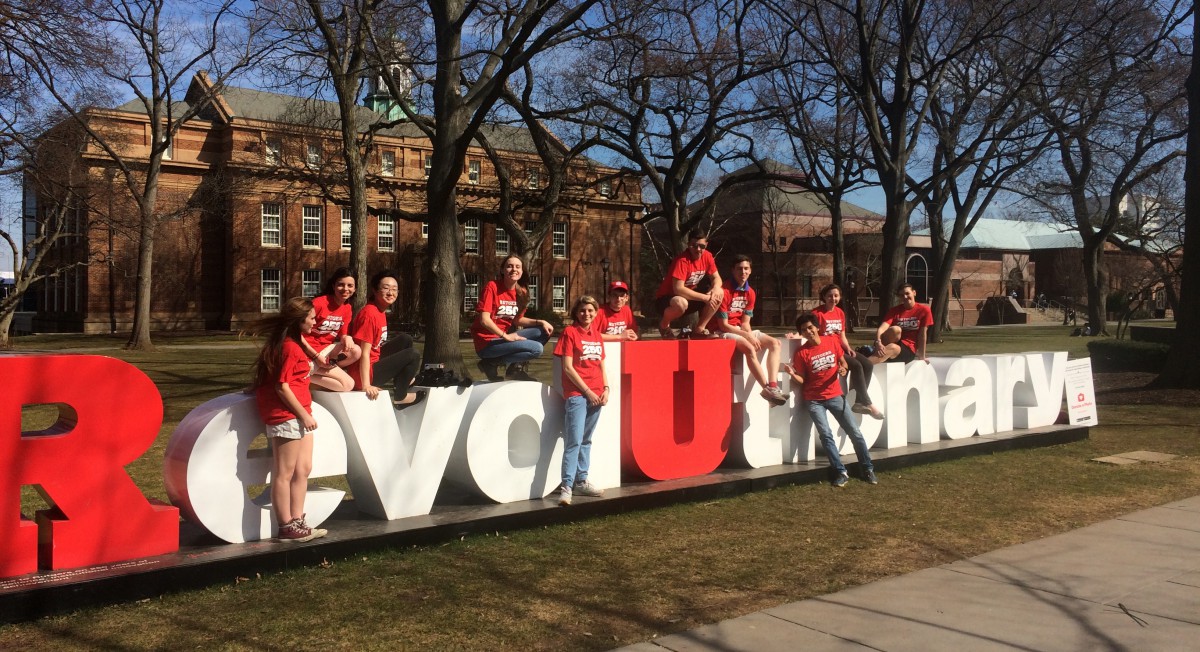By Vanessa Gao, Timothy Reilly, April Rickle, and Paul Shin
John Henry Livingston earned his Doctorate in theology at Utrecht University. He then returned to the United States, where he was born, and became the leader of the Reformed Church in New York City. The story of John Henry Livingston represents that of an American with Dutch ancestry, who returned to his ancestral homeland for educational purposes, only to return to the place of his birth and become a successful pastor.
Livingston was the fourth president and professor theology at Queen’s College, what is now known as Rutgers University. He was also the most influential reverend at the First Reformed Church in New Brunswick, New Jersey. Livingston started as the reverend for the Church, but was offered presidency at Queens College in 1807. He did not accept this offer until 1810, and then continued to serve until his death in 1825.
After Livingston accepted presidency, Queens College was forced to close because of financial problems. He continued to teach theology at the theology school, while also raising funds to help reopen Queens College. Livingston died on January 25, 1825 and was then buried at the First Reformed Church at 9 Bayard Street New Brunswick, New Jersey. Queens College was reopened 10 months later.
Livingston’s grave is particularly special because of the over ground stone grave. This stone grave was erected to emphasize his dignity, and was funded by the church. This artifact, the grave, is the last remnant of one of the earliest presidents of our university. As a student at this university, it is important to understand the history of important figures that helped shape our universities past. We must be respectful to ancestors of this church and commemorate their contributions to the creation of Rutgers University.
Interested parties may get there by taking the EE bus to Patterson street, and then walking down Neilson to the corner of Bayard.
Livingston’s grave consists of two parts- a gravestone, and a box grave. The gravestone itself is not as fancy as one might imagine; it stands to the left of the box grave, and the stone cut inscription has weathered over the years to the point that it is nearly illegible.

The box grave, which once had Livingston’s name carved into it, is similarly worn due to the fact that its inscription has lied face-up, exposed to the wind and rain, for so many years. The point of the box grave, Reverend Hartmut Kramer-Mills told us, was to emphasize the dignity of the person buried below. Though the body is interred in the ground, a stone box is erected over it as a secondary monument. In recent years, a violent storm knocked a tree branch onto the box tomb, breaking its face. Though the tomb was repaired, the mortar has evaporated, leaving deep cracks in the stone.

Though the tombs are slowly falling into disrepair, one may still find the full inscriptions on this website, along with a description of Livingston’s life. Though he has been gone for nearly 200 years, Livingston will live on in memory as a man “with dignified appearance, extensive erudition, almost unrivalled [sic] talents as a sacred orator and professor, were blended manners polished, candid and attractive, all ennobled by the entire devotion to his Savior” (Stanton).
Works Cited
Frusciano, Thomas J. “John Henry Livingston.” John Henry Livingston. Rutgers University. Web. 06 Apr. 2016.
Stanton, Shirley. “Find A Grave – Millions of Cemetery Records and Online Memorials.” Find A Grave – Millions of Cemetery Records and Online Memorials. Find a Grave, 7 Sept. 2013. Web. 06 Apr. 2016.
